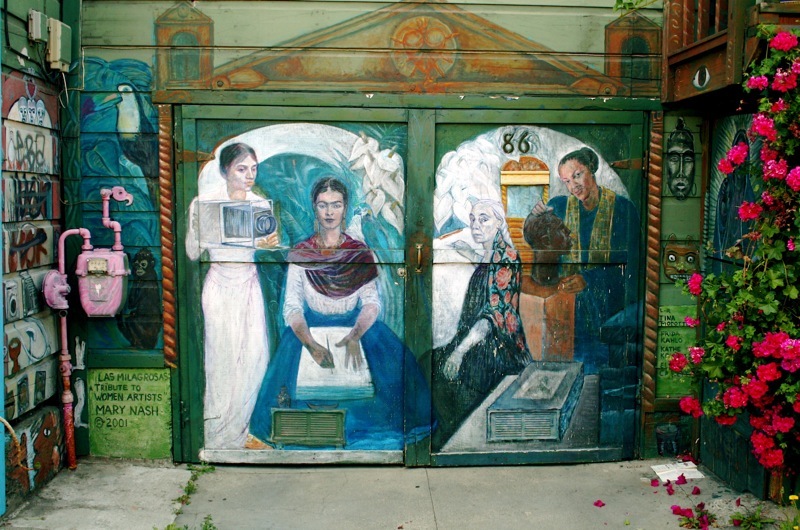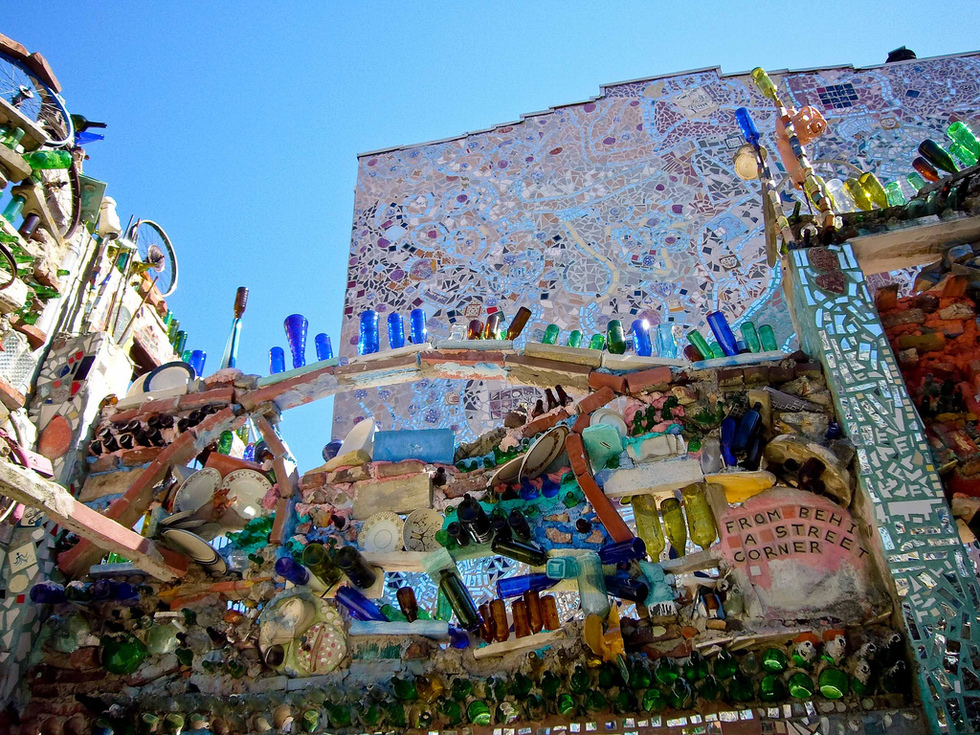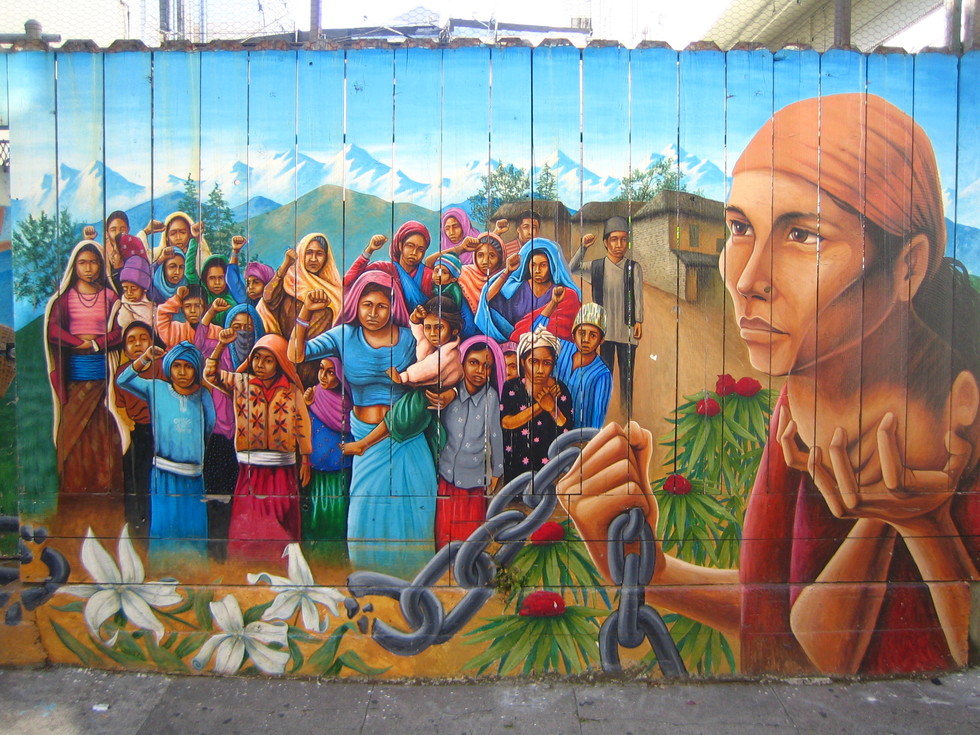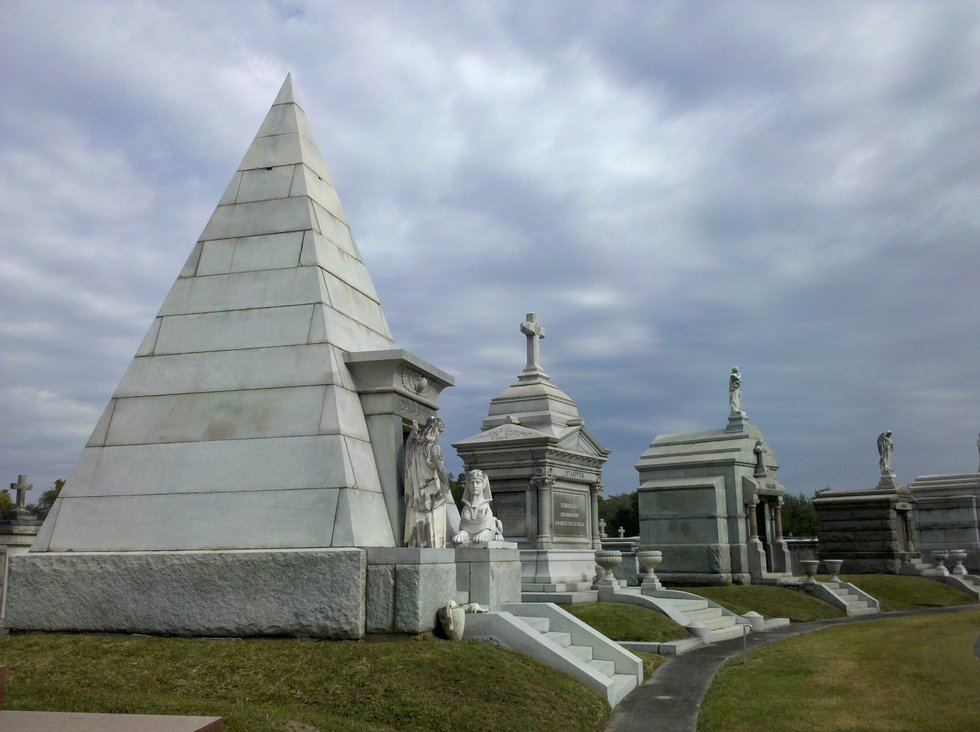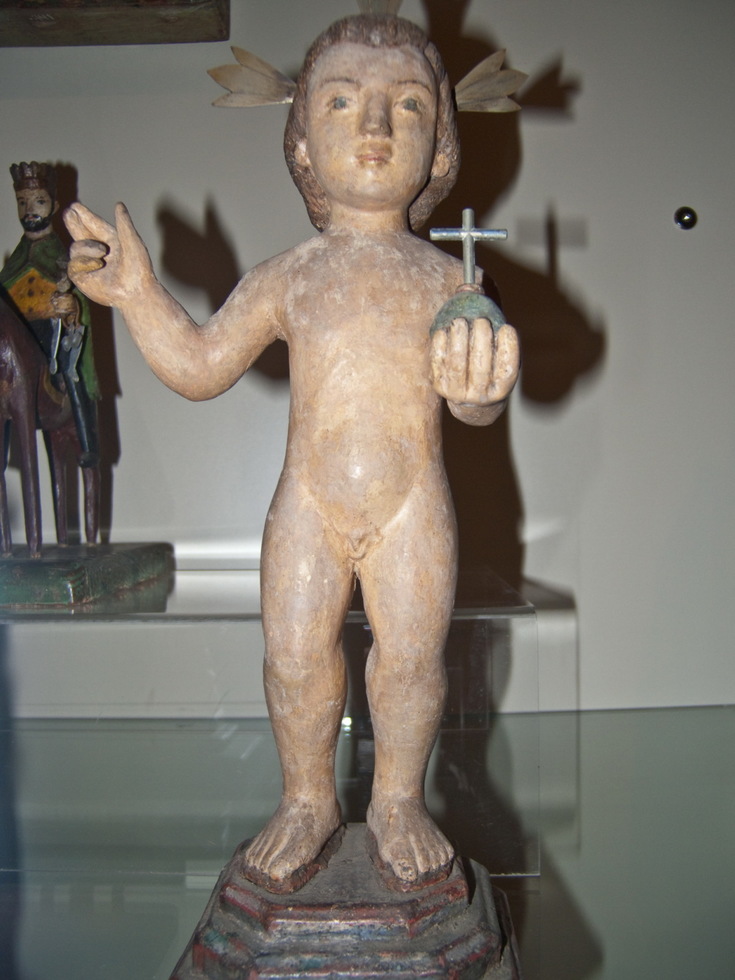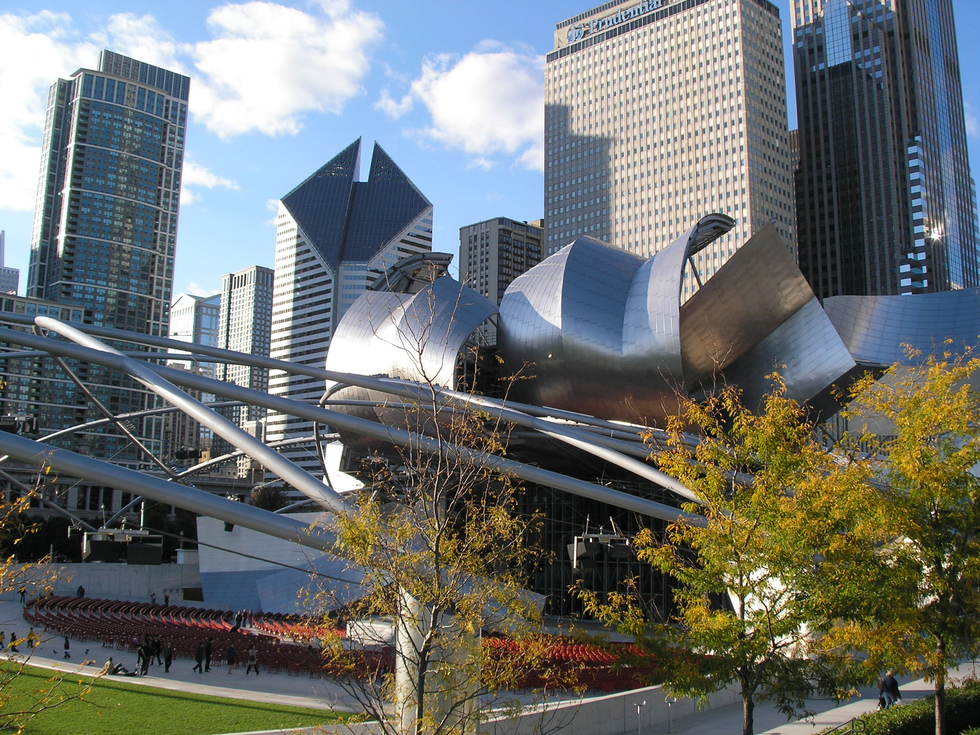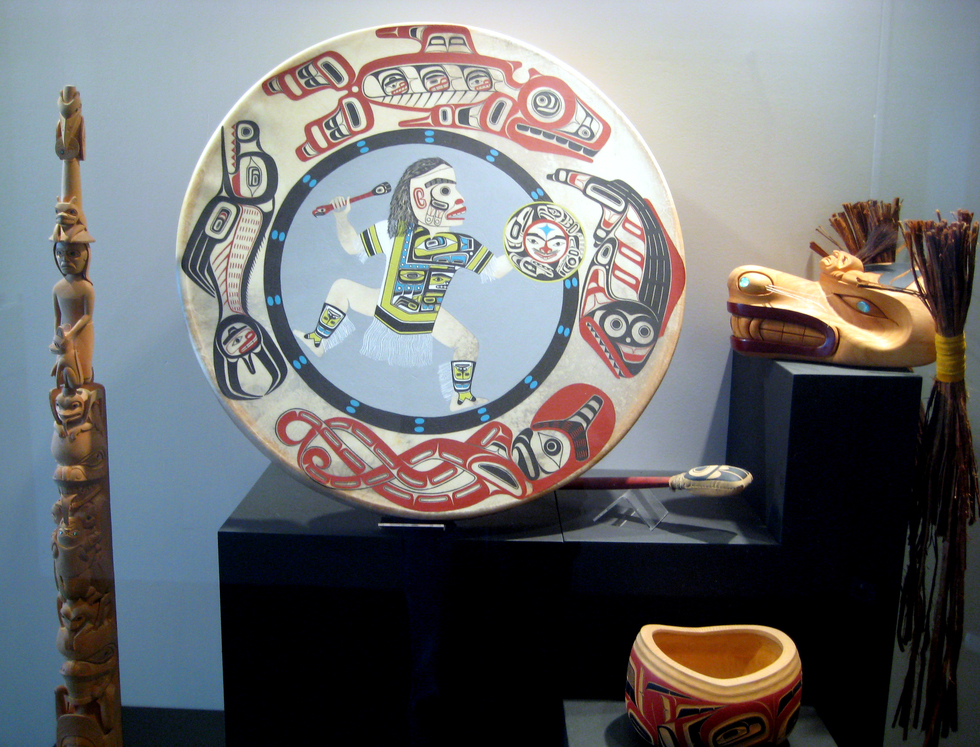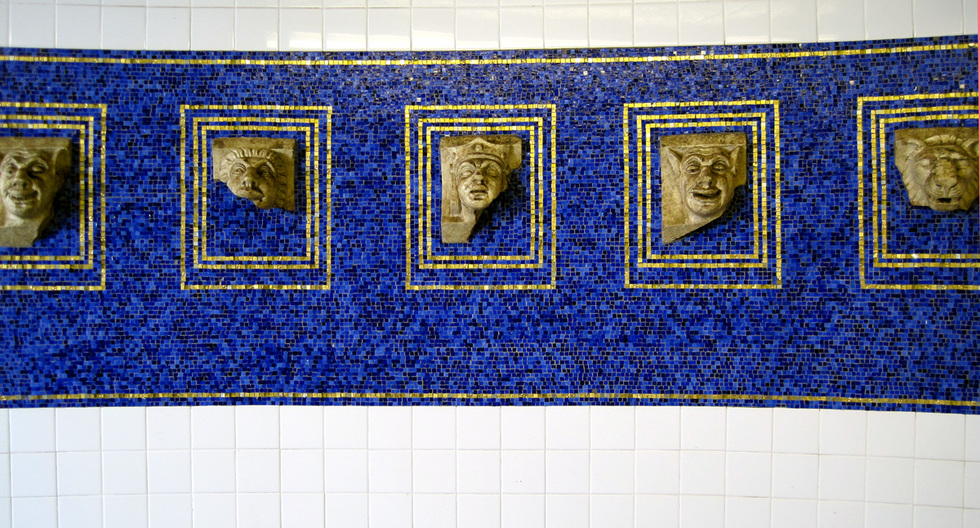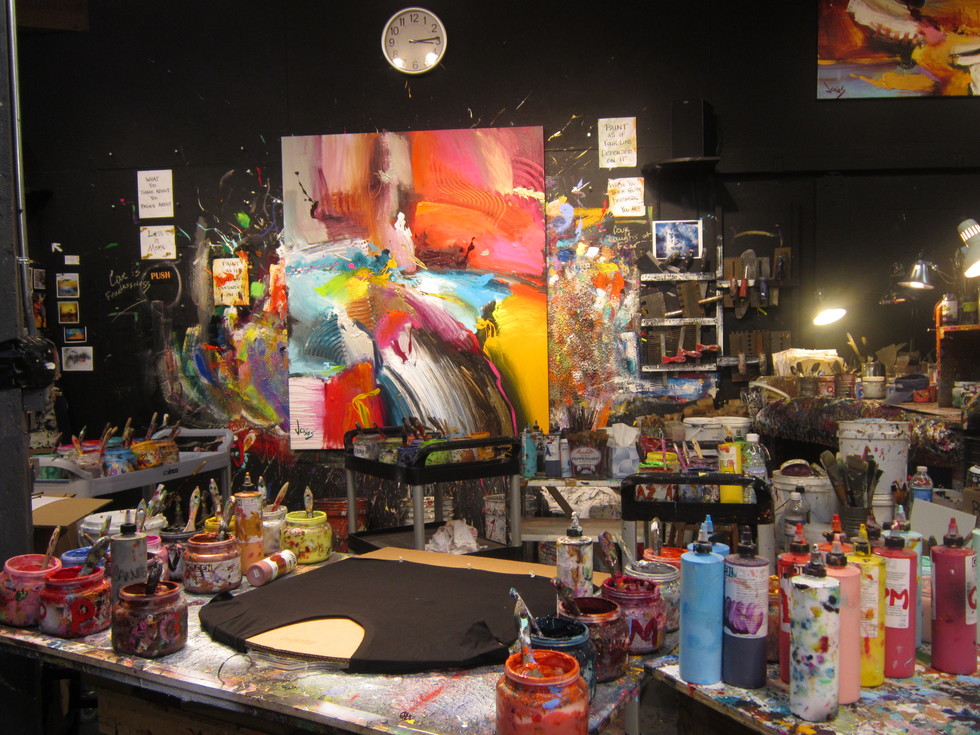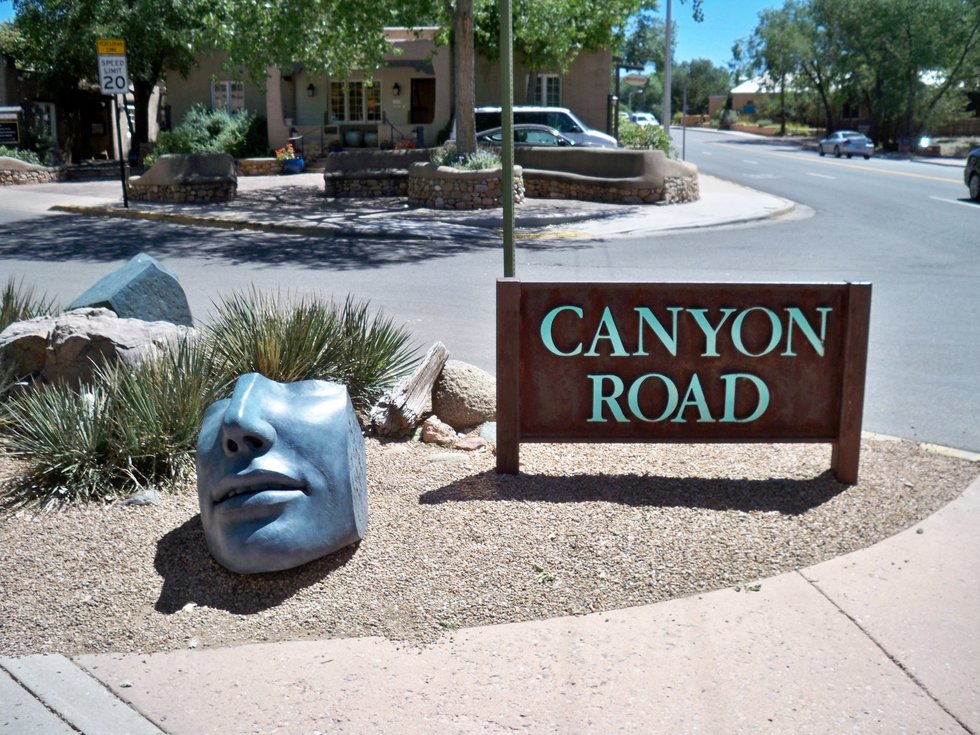Unexpected Places to Enjoy Art in the US
By Eki Ramadhan
Plenty of people travel to appreciate art – it’s one of the finest manifestations of our culture. Far too often, museums and art galleries top our list of places to visit, when in fact these are not the only places to encounter America’s greatest works of art. Truth be told, some of the most breathtaking artworks can be found in unexpected places: on roadsides, in remote towns, in subway stations, and even in cemeteries. Best of all, visitors don’t have to spend a cent to enjoy most of these attractions.
Philadelphia’s Magic Gardens (Philadelphia)
Artist Isaiah Zagar believes that “art should not be segregated in museums; it needs to live free among us”, and for that reason he collected old junk and transformed it, with his mosaic work, into an open and welcoming art space, which he called “The Magic Garden”. Spanning three city lots, the captivating and colorful art environment incorporates poetry with the visual arts. Guided tours are available and highly recommended.
Mission District Murals (San Francisco)
The murals of San Francisco’s Mission District are, in many ways, the voice and conscience of their community, with many exploring themes of social and political struggle. Their creation was sparked by the Chicano Art Mural Movement in the 1970s, and inspired by Mexican artist, Diego Rivera. Today, this accessible art features artists from diverse backgrounds, including Latinos, Asians, Native Americans, LGBT community, and people with disabilities. Some of the most prolific installations are located on Balmy Alley and Clarion Alley. The vibrant colors of these murals also make the district a hot spot for photography.
Pasaquan (Buena Vista, GA)
Located in the remote, pine-covered, sand hills of Southwest Georgia, the art palace of Pasaquan was the brainchild of an eccentric artist named Eddie Owens Martin (popularly referred to as St. EOM). The complex consists of six unique and interconnected buildings, including pagodas and temples, painted in bedazzling colors. The seven-acre artistic utopia features intricate geometric details, mystic symbols and imaginative sculptures. This psychedelic yet harmonious compound marries Oriental and Pre-Columbian styles. The result is what St. EOM envisioned as a “lost continent”.
Metairie Cemetery (New Orleans)
Metairie is one of the most beautiful cemeteries on earth – home to wonderfully extravagant tombstones and creative mausoleums. One might even say that some of the tombs here are attempts at posthumous one-upmanship. It contains America’s tallest privately-owned monument (Moriarty Monument) as well as the renowned Weeping Angel sculpture at the Estelle Theleman Hyams Monument. Contrary to popular belief Metairie Cemetery is located within the New Orleans city limit, not in the city of Metairie.
Capilla del Cristo (San Juan, PR)
Back in the day when churches were few and far between, Puerto Ricans prayed at home in the presence of santos, hand-carved figurines of saints or religious persons in the Catholic Church. Today, virtually every house on the island has one of these statuettes. Smaller santos are meant to be placed in a household, while the larger ones are for churches. The best collection of santos can be found at Capilla de Cristo in Old San Juan. The gorgeous small chapel is only open on religious holidays, but you wouldn’t want to miss out on the chance to see these intricate folk artworks. The most popular figures include The Virgins, male saints, and the Three Kings.
Millennium Park (Chicago)
In terms of public art, Millennium Park is a Mecca. Situated in the heart of Chicago, this 24.5 acres civic center features a high concentration of public art, from the outdoor exhibition spaces at Boeing Galleries (home to a plethora of modern and contemporary artworks) to the acclaimed Cloud Gate, better known as “The Bean” (for its shape). Visitors interact with the art (water fun!) at the Crown Fountain, which features two 50-foot glass block towers projecting the images of the Chicagoans. In addition to permanent pieces, Millennium Park is a home for ever changing public art displays, including many contemporary architectural structures.
Metlakatla Indian Community (Metlakatla, AK)
Located on Annette Island, Metlakatla Indian Community is the only Indian reservation in the state of Alaska. The community is home to approximately 1,300 Tsimshian people, a surprisingly large number of whom are artists. In the 1970s, Metlakatla saw a major cultural revival and today the community boasts many intricate, exquisite totem poles. Visitors view these as well as the Long House where native artworks (including carvings, paintings, and weavings) are on display. Known as Le Sha’as to the local people, the longhouse is a place where traditional dances, songs, and ceremonies are performed regularly.
Subway Mosaics (New York City)
Amidst the swarming crowd of MTA riders, these radiant artworks are often overlooked. But many of the mosaics one sees in the NY subways have won prestigious awards, including the work of Andrea Dezsö at the Bedford Park Boulevard–Lehman College station. Don’t overlook this (literally and figuratively) underground art on your next visit to the Big Apple. Subway tours are available for those interested.
River Art District’s Studios (Asheville, NC)
River Art District in Asheville consists of numerous galleries and performing art venues, but the experience of touring this artsy town wouldn’t be complete without a visit to one of the working artist studios. Initially, a number of these studios (called “The Wedge”) served as a place for art students to live and work. Now the Wedge is a home for countless talented artists – potters, textile artists, painters, filmmakers, sculptors. Currently, there are more than 180 artists living in Asheville. Different artists work every day at these open studios, which allows visitors to discover something new each time they come by.
Canyon Road (Santa Fe, NM)
Since 1986, New Mexico has shown its strong commitment to enliven its public spaces through a program entitled Art in Public Places. The state capital, Santa Fe, is among the cities at the frontline of this artistic transformation. America’s oldest state capital is now home to more art galleries than any other place in the country. The cultural hub of the city is located on the scenic Canyon Road. Rich in both history and art, Canyon Road offers art enthusiasts a memorable walking tour. The long stretch of uphill road takes you past a large selection of eclectic artworks – traditional, modern, and contemporary.





